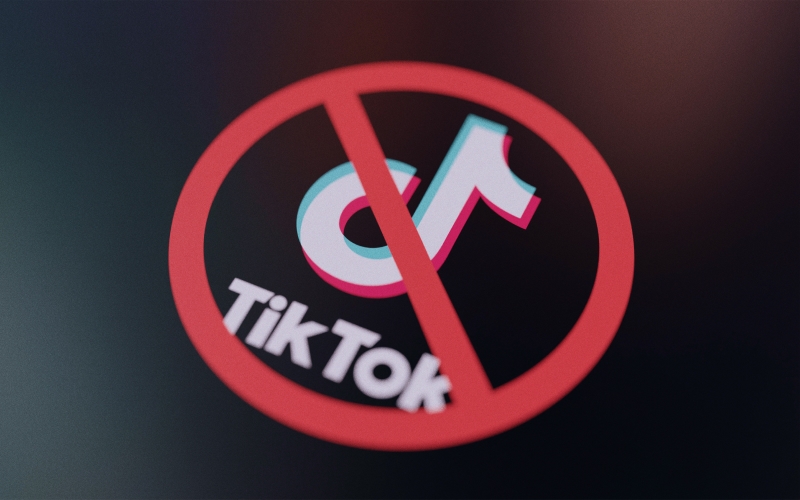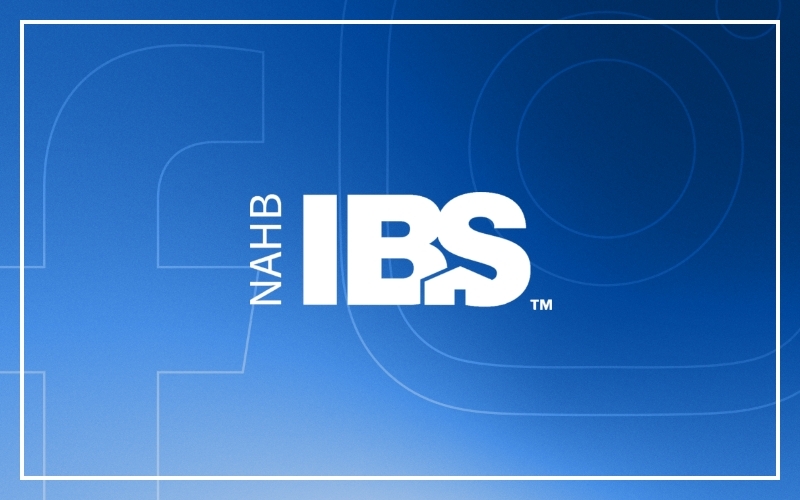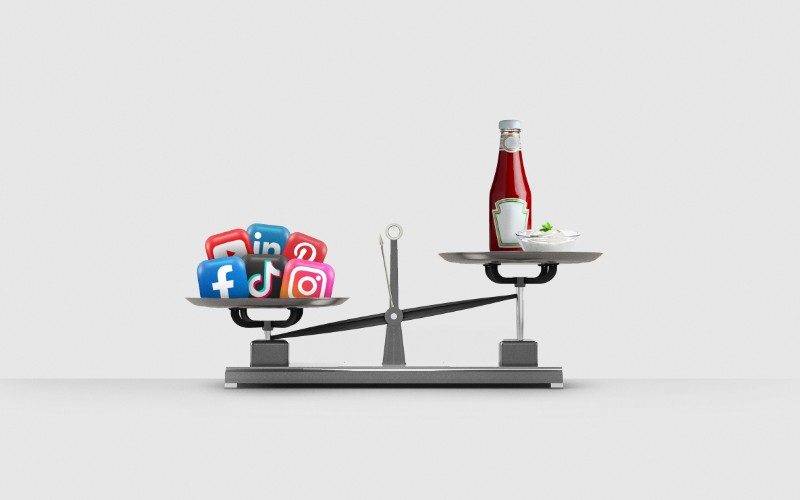Social Media
From anxiety over building out a Myspace Top 8 to Finstas (fake Instagrams), the world of social media is constantly evolving. Each year, shiny, new objects rise to the top and burn brightly, often only to fade just as quickly.
So, what are the change makers of 2017? Here are five social media trends to watch.
1. Live streaming and stories
If you want to reach new audiences and increase your brand’s engagement rate, you may want to consider implementing live videos. Social media platforms are taking simple posts to the next level by offering video footage in real-time. Meerkat and Twitter’s Periscope first made live streaming videos popular. Facebook Live and Instagram Live followed suit, and today live social videos are a proven, highly engaging content format for social media users. Even news sources are citing Facebook Live videos when covering major events.
From live streaming sporting events to Buzzfeed’s infamous exploding watermelon video, brands are navigating the new territory of Facebook Live to find what captivates their audience. For example, VELUX Skylights worked with lifestyle expert and interior designer Sabrina Soto to share the brand’s compelling Fifth Wall campaign. In a Facebook Live video, Soto shared design tips and ideas for using the ceiling as an untapped space for creativity and inspiration.
Snapchat is great for brands that are trying to reach a younger audience or are extremely focused on events. On any given day, Snapchat reaches 41 percent of all 18- to 34-year olds in the United States. Snapchat’s inventive platform and the concept of stories have changed the way audiences engage with content and the way brands measure success. Audiences want to consume real experiences through the brands they follow; they engage by continuing to tune in to these stories and by sending their own. Here likes, shares and clicks are tired concepts, while snapstreaks are the new currency.
Instagram's Stories feature, infamously similar to the Snapchat experience, already is a brand favorite. Instagram’s platform is inherently welcoming to brands and draws a larger audience. Brands have already adapted to the platform and built engaged audiences. According to TechCrunch, Instagram Stories had 100 million active users within two months after its release. Additionally, Instagram Stories are watched by 18 percent of the network’s 600 million active users each day, and it just keeps growing.
2. Augmented reality
The rise in popularity of Snapchat’s facial filters (augmented reality lenses) made the network uniquely interactive and engaging. While Snapchat has come a long way from puking rainbows, it still has a lot of room to expand on the concept. From World Lenses that allow users to augment their surroundings to sponsored selfie lenses, the possibilities for brands continue to grow.
This budding Snapchat trend took off with Instagram and Facebook following in tow. With the introduction of filters on Instagram Stories and Facebook Stories, expect the popular social media feature to move across channels. Augmented reality creates new opportunities for brands to connect with their audience by sharing experiences, rather than just information, on social media. Consumers want to connect with certain brands, and augmented reality can satisfy this desire.
3. Chatbots and messaging apps
Messaging apps are growing at a rapid rate. In fact, WhatsApp, Facebook Messenger, Viber and WeChat together have more users than the big networks: Facebook, Twitter, LinkedIn and Instagram.
Customer care should be top-of-mind for the majority of businesses, and how customers expect to receive support is dynamically evolving. According to the Sprout Social Q2 2016 Index, in Q1 2016, the average number of social messages needing a response grew 18 percent year over year. This has many brands looking for ways to increase their customer service resources, and more are turning to chatbots.
The same Sprout Q2 Index also noted 34.5 percent of respondents prefer social media as the best avenue for customer care. Slack’s growth and Facebook’s new Messenger features make customer service chatbots one of the most interesting social media trends to watch.
4. Social shopping and instant purchases
Facebook, Instagram, Twitter and Pinterest offer ways for users to purchase products directly within their apps, and Snapchat started testing and rolling out ecommerce features in 2016. Cosmopolitan’s Discover channel presented the first shoppable ads with Lancôme and Target; these ads feature the first promoted products that can be purchased directly through the channel, simply by swiping down to go to the mobile shopping page.
According to a survey from Aimia, 56 percent of consumers follow brands on social media to browse products for sale, and 31 percent of online shoppers say they use social media specifically to look for new items to purchase. Brands should leverage these shopping habits when thinking about their social media strategy.
5. Priority on business features and measurement
In 2016, Instagram launched its Business Tools feature, which works in the same vein as Twitter Analytics and Facebook Insights. This social media trend suggests native tool enhancements are crucial in order to meet business needs.
Analytics and reporting features are nothing new to the industry. According to a KPMG survey, 92 percent of C-level executives already use social media data and analytics for marketing insights. The competition is only getting stronger in the social landscape, meaning the need for more analytical thinking and marketing grounded in strategy will only continue to grow.
In the world of social media, what’s key is to build an engaged audience through interesting content that adds value for your audience. These five tips can help you hone in on a social strategy that does just that.
You might also be interested in:
Instagram Makes a Snap...I Mean Splash With New Stories Feature


